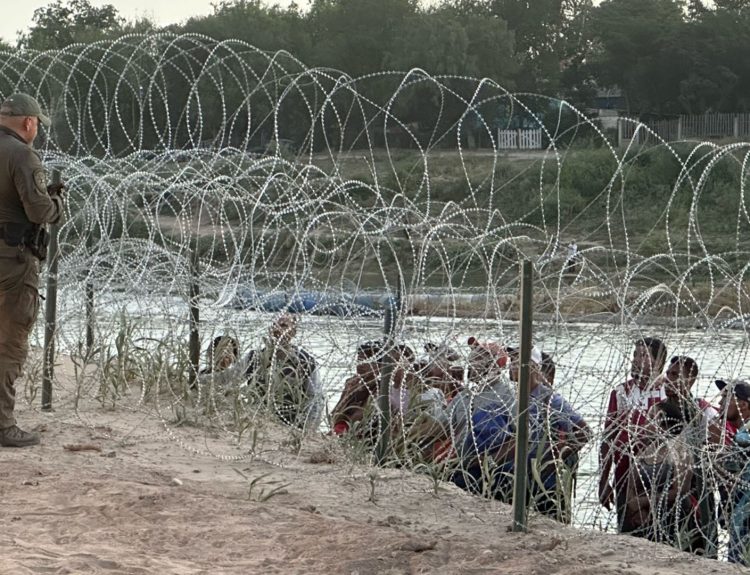Migrants are entering the United States through the Texas-Mexico border at an alarming rate, but most of them aren’t staying in the Lone Star State. Instead, Texas Gov. Greg Abbott is sending them to sanctuary cities across the US – and some of those cities, including several in Colorado, are growing tired of it. Here’s everything you need to know.
What Is A Sanctuary City?
While there’s no legal definition of what a sanctuary city is, the U.S. Citizenship and Immigration Services defines it as ‘a city or jurisdiction that limits its cooperation with federal immigration enforcement efforts to protect low-priority immigrants from deportation.’
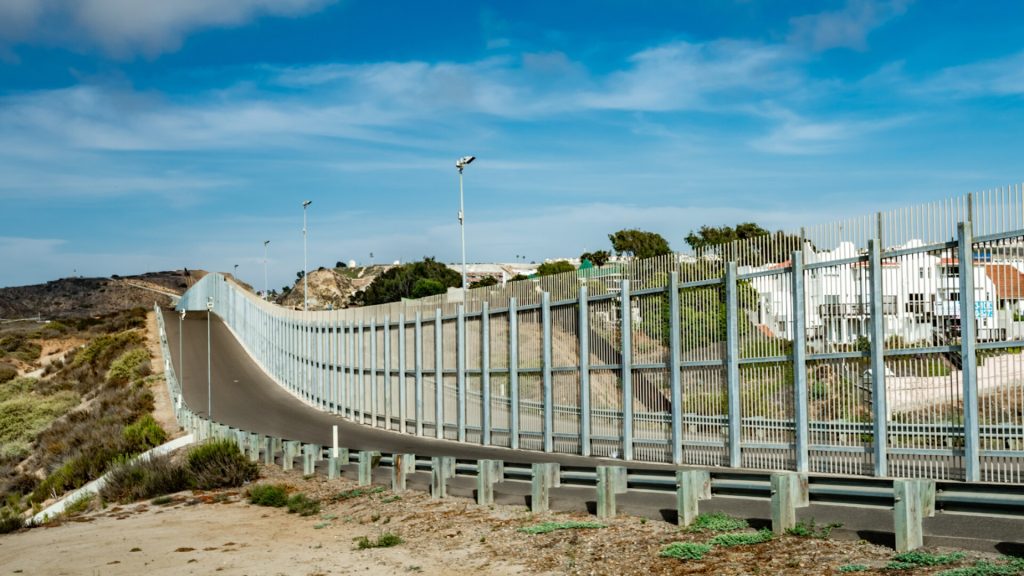
That basically means immigrants are welcome to stay in that city – whether they’re citizens, illegal immigrants, or migrants seeking asylum. Local police officers and people who work for the city aren’t allowed to ask about an individual’s immigration status.
How Many Sanctuary Cities Are There In The US?
As of today, there are about 600 sanctuary jurisdictions in the United States – and a majority of them were established over the past two decades. There are also 11 states (12 if you count the District of Columbia) listed as sanctuary states.

Those states include California, Colorado, Connecticut, Illinois, Massachusetts, New Jersey, New York, Oregon, Rhode Island, Vermont, and Washington. While not a sanctuary state, Florida continues to be just as popular of a destination as New York or California.
Texas Gov. Greg Abbott Starts Sending Migrants
In 2021, Texas Gov. Greg Abbott launched Operation Lone Star with the Texas Department of Public Safety and the Texas Military Department. The operation’s primary goal is to ‘counter a rise in illegal immigration, the illegal drug trade, and human smuggling.
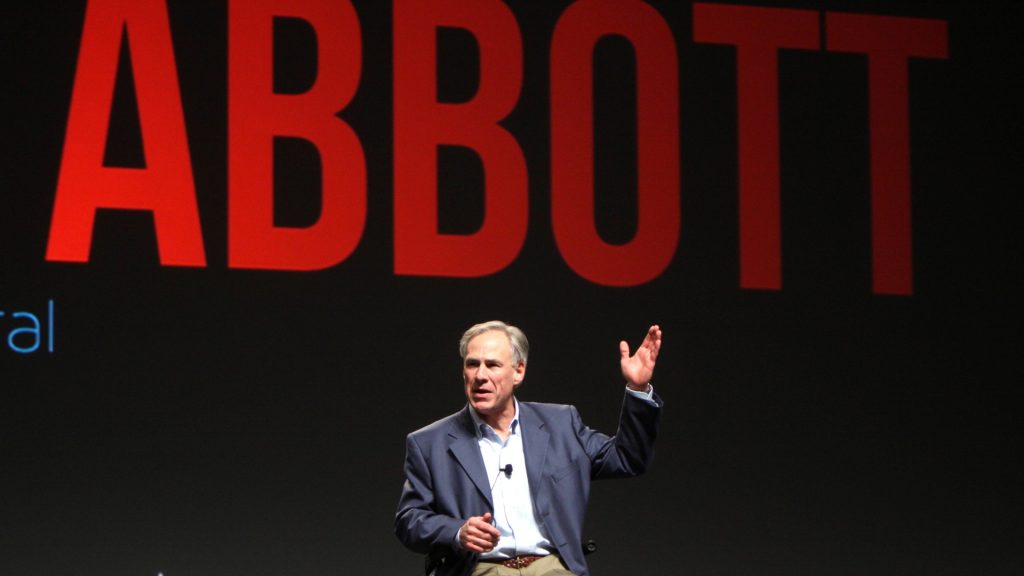
As part of the operation, Abbott started sending migrants to sanctuary cities across the United States. While some of the migrants were transported by plane, the strong majority of them were transported by bus – sometimes in the middle of the night.
US-Mexico Border Growing Out Of Control
The US-Mexico Border is one of the hottest tickets on the ballot during this year’s election cycle. Republicans are criticizing Joe Biden and the Democrats for their so-called ‘open-border policy,’ while Democrats are blaming the Republicans for sabotaging their efforts.
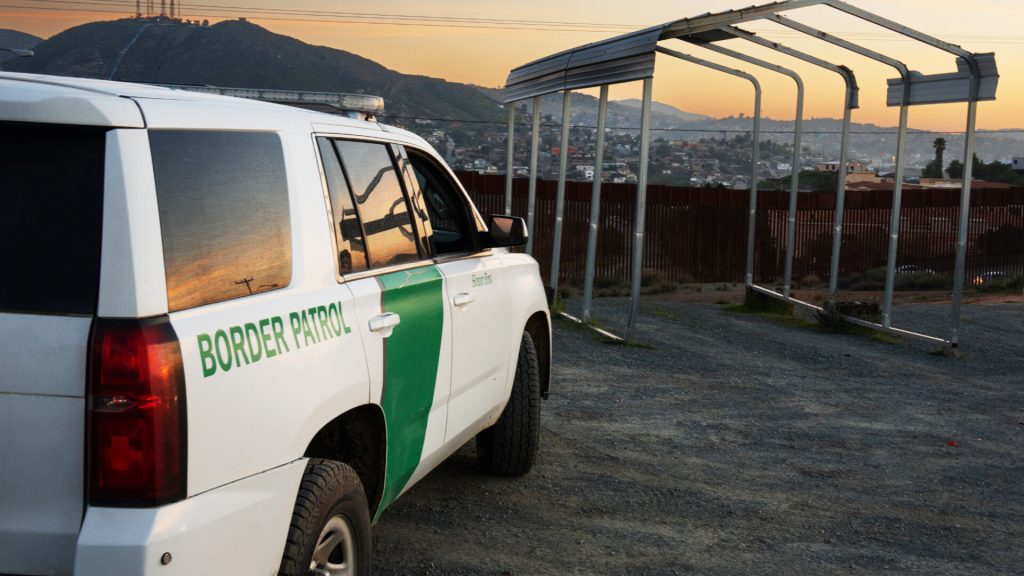
Meanwhile, thousands of migrants are crossing the border every single day – and the country isn’t equipped to handle it. According to the US Customs and Border Protection, federal agents encountered roughly 2.5 million migrants at the southern border in 2023.
New York City and Chicago Handle A Majority Of The Load
As more migrants cross the border, Texas is starting to delegate the influx to sanctuary cities in large numbers. On Feb. 27, Abbott took to X to boast about those efforts – writing that ‘Texas has transported over 104,000 migrants to sanctuary cities.’
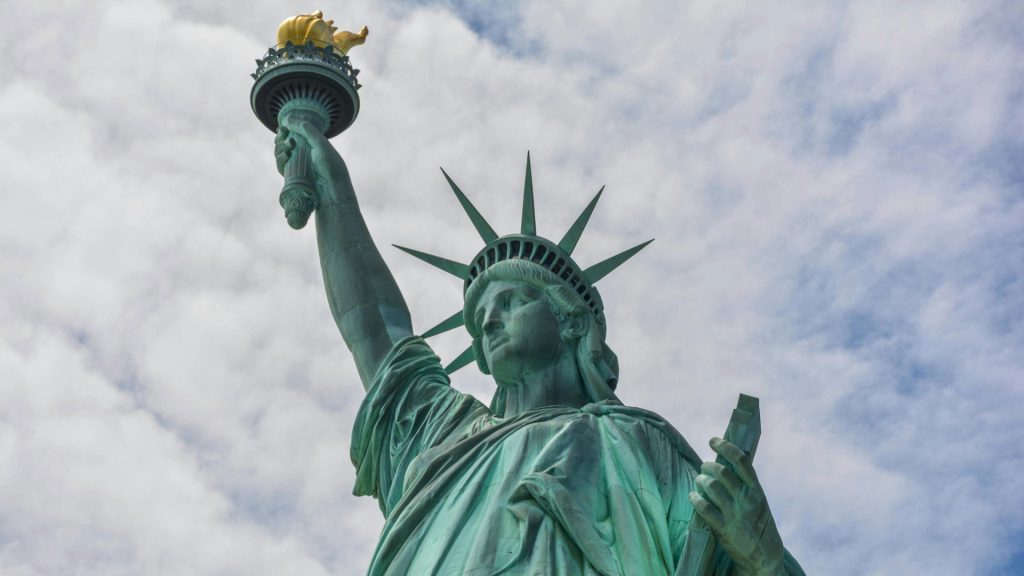
Of those more than 100,000 migrants, 70,000 of them were bused to New York City (38,300 migrants) and Chicago (31,700 migrants). Denver (16,400 migrants) and Washington DC (12,500 migrants) also braced for the influx.
Denver Starts Sending Migrants To Nearby Cities
Denver is one of the many cities that are having a hard time accommodating the influx of migrants. In an effort to mitigate the problem, the city (which is already home to more than 700,000 people) is sending some of those migrants to nearby cities.

Unfortunately, they’re not really mitigating the problem by doing so – they’re just moving it on to their neighbors, such as Colorado Springs and Aurora. And even though Colorado is considered a ‘sanctuary state,’ two of Denver’s biggest neighbors are starting to reconsider their stance.
First Buses Enter El Paso County On Jan. 28
On Jan. 28, the first bus of migrants crossed into El Paso County (Colorado Springs) – and they were coming from Denver. Many county and local officials were furious at the decision, and some of them blasted Denver for their reckless handling of their sanctuary status.
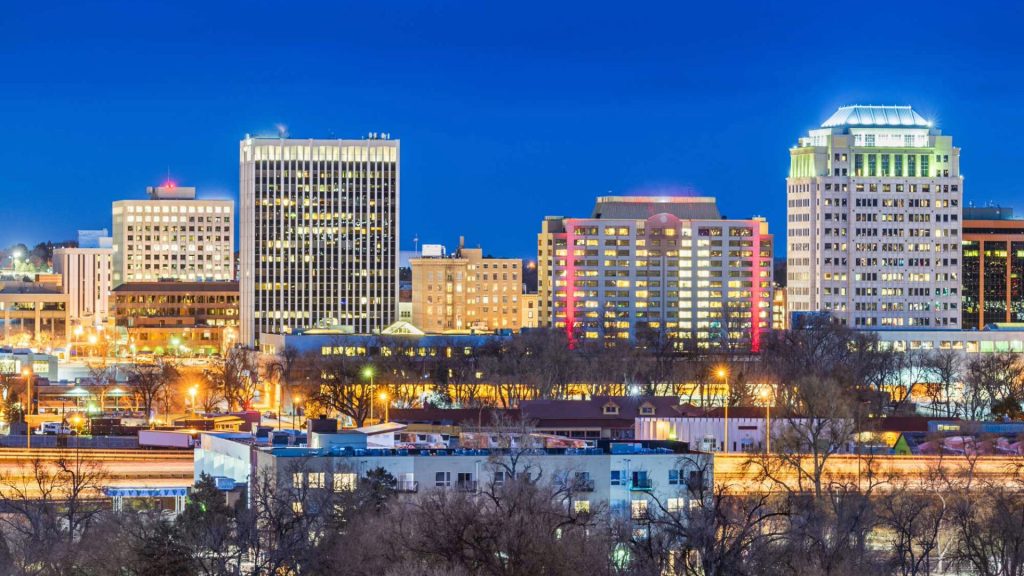
“This is not just a local challenge. It is a national emergency and it’s destroying cities and communities around our nation,” said Carrie Geitner, El Paso County Commissioner District 2.. “We in El Paso County must draw a line in the sand. We’re not in the business of selling dreams that can’t be fulfilled.”
Colorado Springs Mayor Speaks Out
Three days after migrants arrived in El Paso County, Colorado Springs Mayor Yemi Mobolade blasted Denver and refused to play along in their sanctuary game. While he stopped short of saying they were in an ’emergency situation,’ he did warn the city of a potential issue.
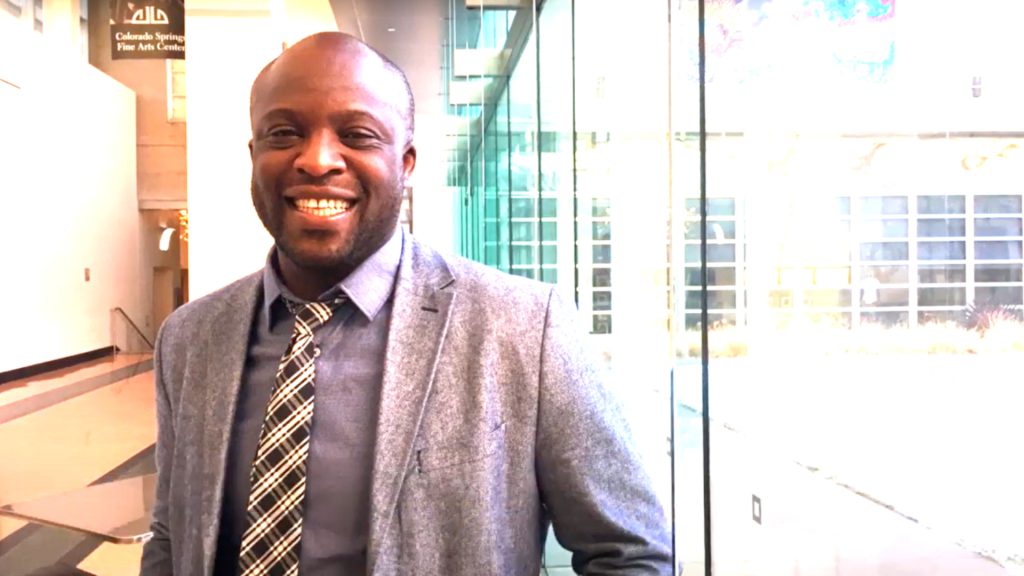
“I want to be clear that Colorado Springs is not currently in an emergency situation regarding the arrival of migrants. However, we are aware that some migrant families have organically made their way to our city and have sought service at local nonprofit shelters. These arrivals were not coordinated by the City, the County or our nonprofits,” he wrote in a press release.
Mobolade Calls Migrant Situation A National Crisis
While he was adamant that Colorado Springs isn’t facing a crisis, those views change when he zooms out and looks at the big picture – labeling it a crisis both nationally and in Denver. It’s a strong stance from someone who became Colorado Spring’s first Black immigrant and non-GOP mayor.
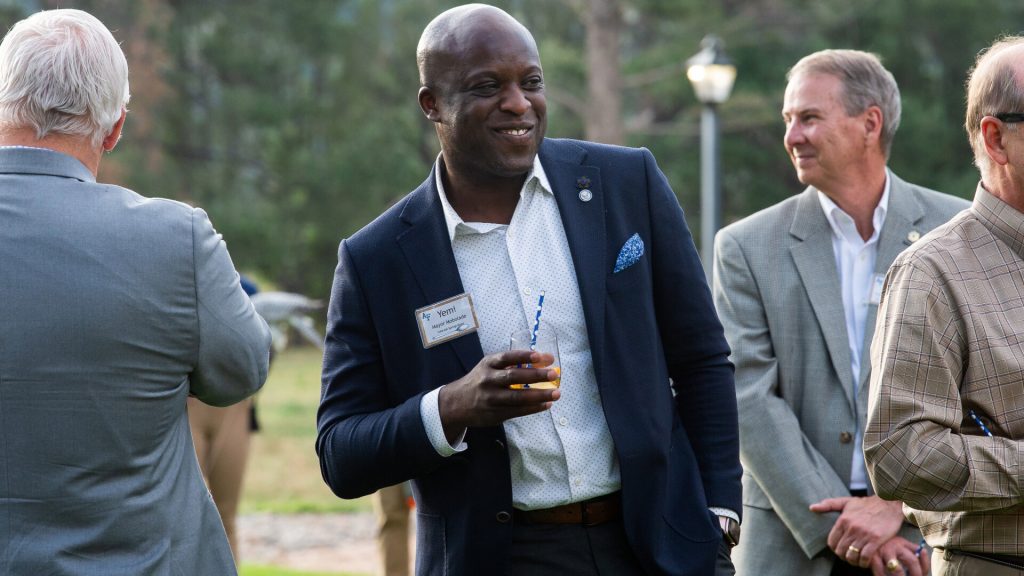
“What’s happening at the southern border is a crisis. What’s happening in Denver is a crisis,” Mobolade wrote on Jan. 31. “We will not invite this crisis into our city and we are not a sanctuary city. It’s the City’s duty to care for its residents first, and that remains our top priority.”
Aurora Passes Resolution Against Denver
Colorado Springs isn’t the only city to speak out against Denver. Aurora, which is home to nearly 400,000 people, also criticized Denver’s handling of the migrant situation. In fact, Aurora recently passed a resolution that prevents cities (like Denver) from busing migrants into Aurora.
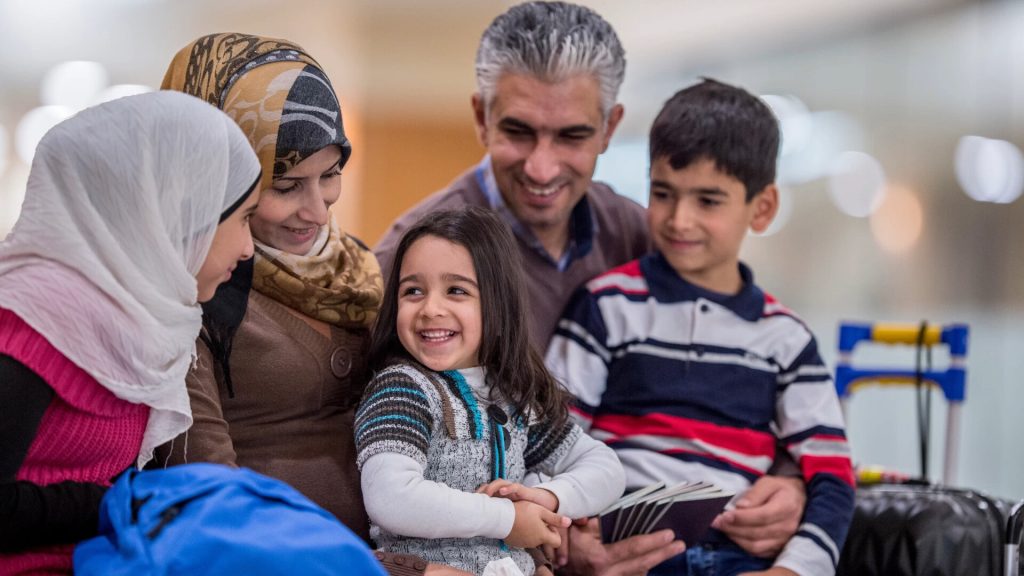
The vote ended in a 7-3 majority by the Aurora City Council. “We are bringing forward a resolution to let cities know that they’re not allowed to bus migrants into our community without us knowing,” said Councilman Steve Sundberg.
Heated Meeting Results In Portion Being Eliminated
The meeting hit a snag over a resolution that demanded ‘those who provide direct or indirect assistance to individuals experiencing homelessness or migrants’ to first ‘enter an agreement’ with the city of Aurora.

The phrasing was ultimately removed, and that’s what caused the resolution to pass with a majority. Now, Denver won’t be allowed to bus migrants without Aurora’s permission.
Aurora Council Member Calls Situation ‘Inhumane‘
Aurora City Council Member Danielle Jurinsky highlighted the ‘inhumane’ nature of what Denver was doing. It’s not just that they were busing migrants over without Aurora’s knowledge, but they were doing it in the middle of the night – as if no one would notice.

“I have constituents telling me that people are being bused into this city in the middle of the night, in the dark, and just dropped off, dropped off in neighborhoods. That is inhumane,” Jurinsky said on Monday (Feb. 26).




